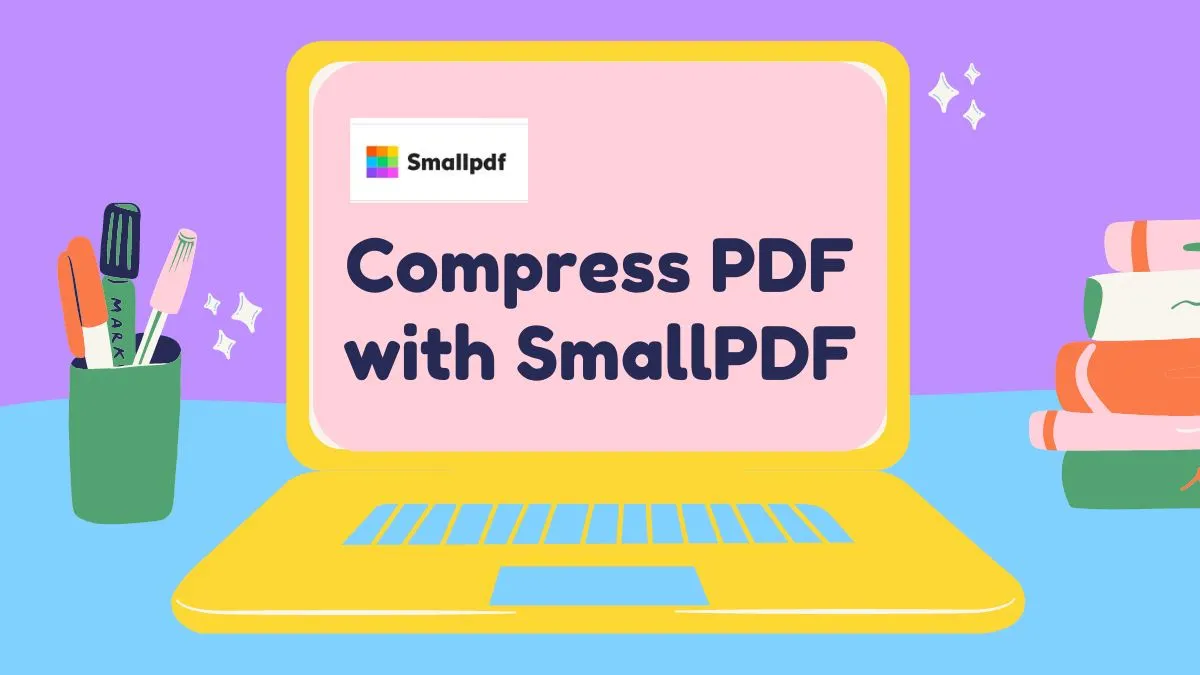Sometimes the images that are on the PDF document you are working on can be very large. This can make it difficult to effectively share the PDF document via certain channels. One of the ways to mitigate this problem is to compress images in PDF.
The process of compressing PDF images can be very simple if you choose the right PDF editor and follow the right processes. In this guide, we look at this process in greater detail and the best ways to do it.
What is Image Compression?
Image compression is a process that is employed to compress pixel data and in so doing effectively reduce the size of the image. For example, if you are going to store a 1020x768 image without compressing it, it would take up about 2.3 MB of data. Chances are, you don't have just one image, increasing the chances of having a very large document that will be almost impossible to share.
The method of compression that you choose, or even if you compress the image or not, will depend on the type of image that you have. For instance, JPEGs do not retain 100% of the information and work great for photos, but PNGs are lossless formats that work great for screenshots. JPEGs, therefore, tend to compress better than PNGs which carry a lot of information.
There are various ways to compress images and the one you choose will depend on the kind of image you have on your PDF document. If the images are in PNG or GIF format, then you want to choose a compression method that will not affect the quality of the image. Choosing a lossless compression method is useful for documents with GIFs as they restore the data after the file is uncompressed. During compression, the long strings of code are changed into shorter codes but the file remains largely unchanged.
Why You Need to Compress Images in PDF
Compressing images in PDF is not just a useful solution when sending large PDF files via email, but can also be beneficial in several other ways, including;
1. Compatibility
Perhaps the biggest reason to compress images in a PDF is to make it easy to share the file. This is especially true if you choose to use email as your medium to share files since email is often limited in terms of disk space. The PDF with compressed images will not just be compatible with email, allowing you to attach it easily, but it will also be easier to print and upload to websites.
2. Save Storage Space
Reducing the size of the image will save you storage space as the size of the PDF document will also be significantly reduced. This becomes more important when you have a lot of PDF documents with large images. More room on your computer will allow you more room for more data.
3. Faster Document Processing Speeds
A smaller PDF means faster document processing speeds. You will send the PDF files much faster and download any documents sent to you more easily. Compression makes this possible because it reduces the amount of time it takes to download and send a file.
4. Reduced Cost
Spending less time on document processing can have a hugely positive effect on the overall cost to the company. Smaller files mean you spend less time on the company network and ensure the optimization of the disk space, allowing the company to store more documents at a fraction of the cost.
5. Easier Batch Processing
Compression makes it very easy to process multiple documents at the same time. Using compression tools like WinRAR can allow you to combine numerous documents at the same time and send them in one tiny convenient bundle, rather than send one huge file at a time.
6. Easier Backups
Creating a backup of the data on any of the devices you own is a common practice that can be instrumental in protecting the data from loss. And file compression is at the center of any backup process. File compression makes it easy for you to transfer the backup to another device and store numerous backups without worrying too much about storage space.
Why UPDF is the Best Tool for You
If you work with PDF documents regularly, then you know that some of the best PDF tools in the market can be quite expensive. But now there is a revolutionary PDF tool that gives you all the features you would expect on some of these expensive alternatives but at a lower cost to you.
Windows • macOS • iOS • Android 100% secure

UPDF can help you manage your PDF documents in various ways, including:
- It offers the best PDF reading experience, allowing you to read and annotate any PDF document with ease.
- It is also one of the best ways to edit a PDF document. You can very easily edit the text including the font and size. It also comes with an image editor, allowing you to replace, resize, reposition, crop, or delete any images within the document.
- UPDF can also be a great way to manage the pages on a PDF document, allowing you to rotate, reorder, replace, extract, delete and even add new pages to any section of the document.
- UPDF offers annotation functions that allow highlighting, underlining, adding stamps, including stickers, and signing documents. To manage documents and provide feedback, you can use the commenting function of UPDF.
- If you want to protect the PDF document, UPDF can be used to secure the documents with the help of passwords. These passwords can range from open passwords to permission passwords, where you can specify the restriction that you are to put on a document.
- The OCR feature of UPDF is one of the most elaborate tools in the PDF editor. It provides two different document types to perform OCR on. With the support of 38 languages, performing OCR with UPDF is easy.
Way 1: How to Compress Image in PDF by Cropping
To manage the size of a PDF document, you must manage the media it contains. The best way to manage the size is to reduce the image you used in the PDF document.
For this, you have two different approaches that you can use to reduce the image size. Firstly, UPDF provides the option of "Crop", which can easily decrease the size of the image. If the image is too large, you can remove the extra spaces by cropping them out.
Step 1. Enter into the Editing Mode
First of all, you should enter the editing mode by clicking the "Edit" icon in Tools displayed on the left toolbar.
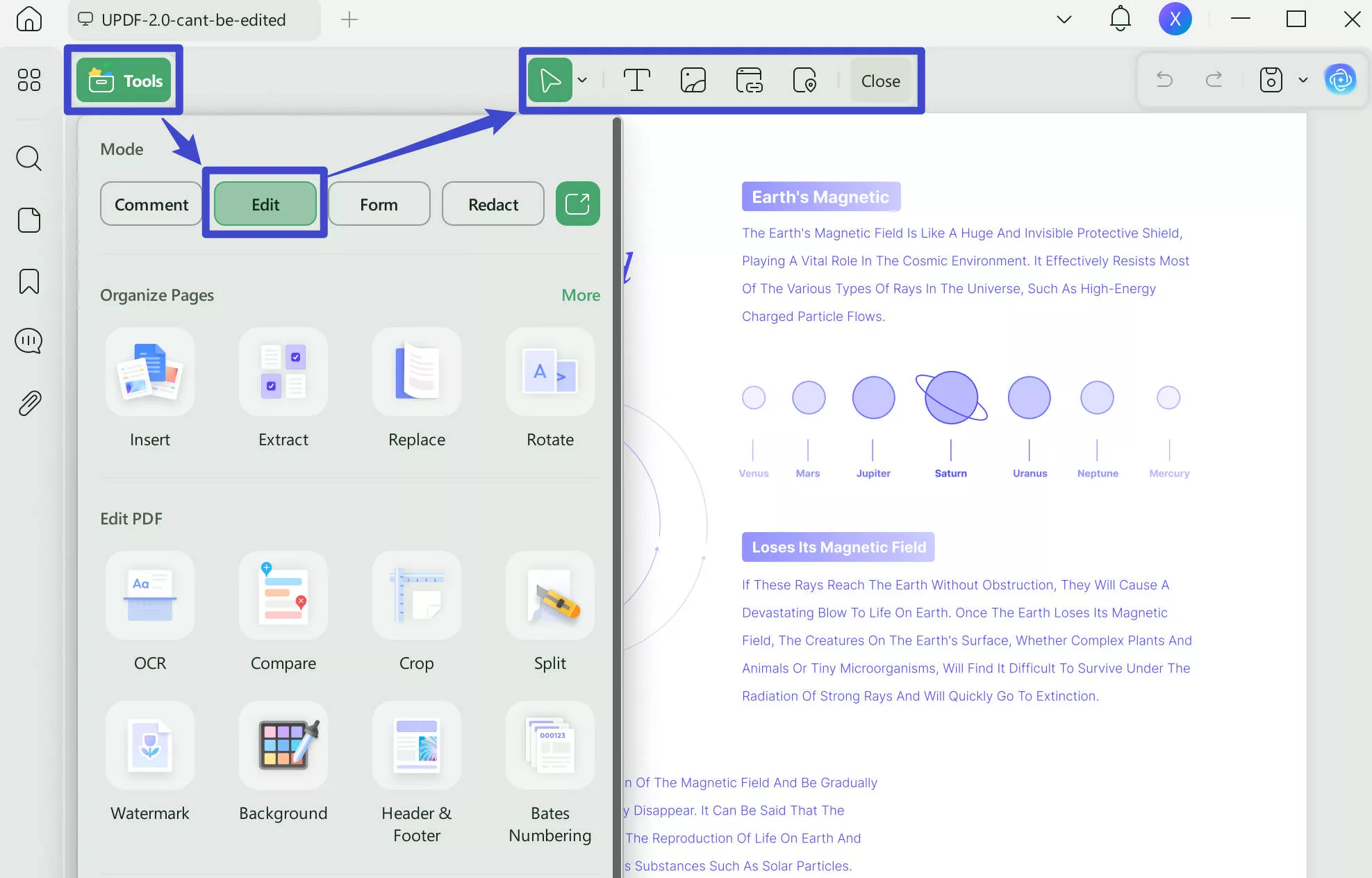
Step 2. Crop the Image to Reduce the Size
Double click the select the image, and then you will see that there is a "Crop Image" icon on the floating toolbar that appears above or below the image. Click on it.
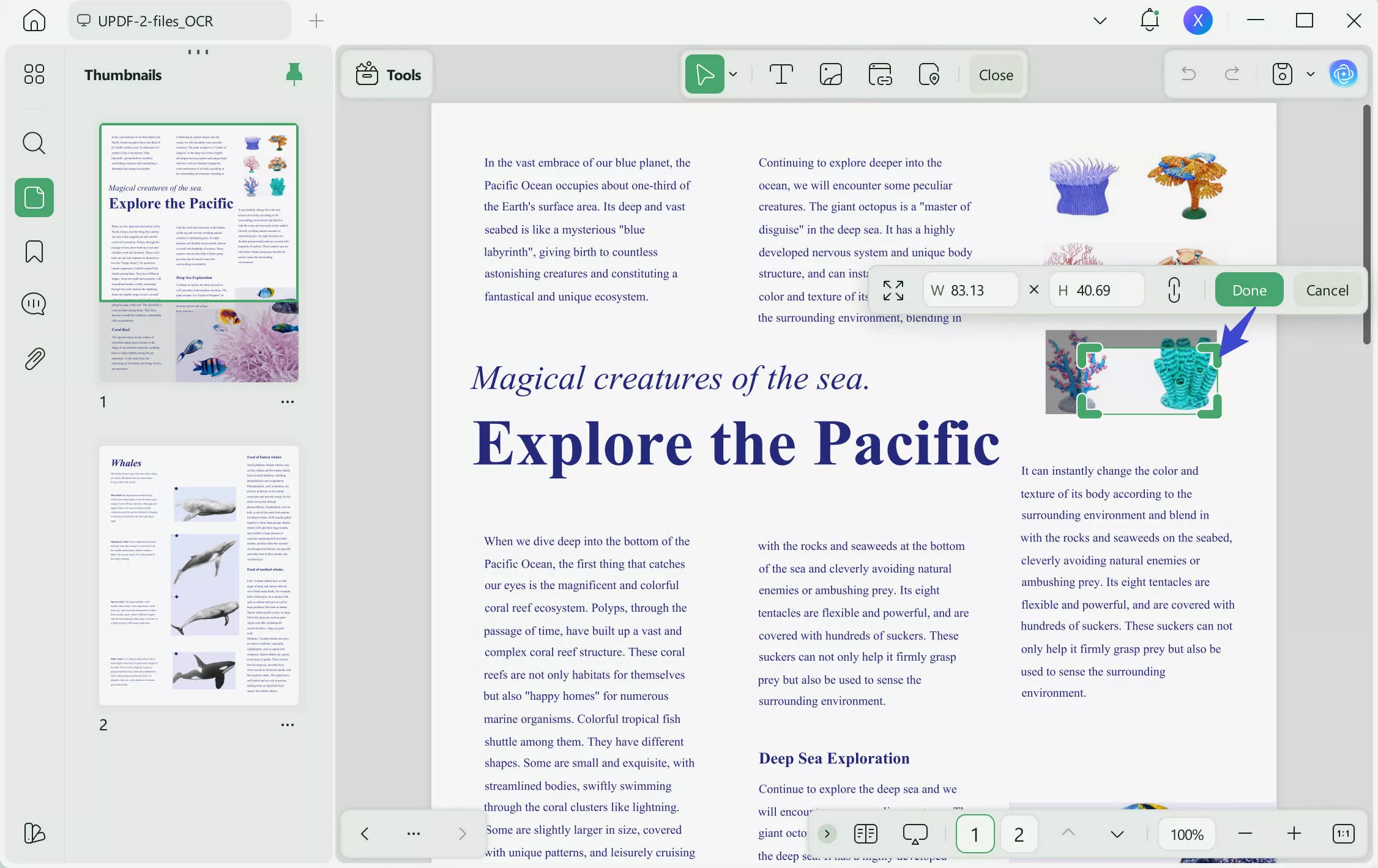
Then you can either drag the purple dashed box to begin cropping, or you can enter the width and height. Your image will become smaller.
Windows • macOS • iOS • Android 100% secure
Way 2. How to Compress Image in PDF by Resizing
Additionally, UPDF also offers the option of resizing the image size with the "Resize" option. The resizing function allows you to reduce the image size and easily manage your document.
It provides the opportunity of managing the images of the PDF under such defined settings. The tool's longevity makes it look straightforward and elegant in all cases.
- The same with the first way, you need to enter into the edit mode first.
- Click to select the image you want to resize and make it smaller.
- Drag the outside box to resize it as per your requirement.
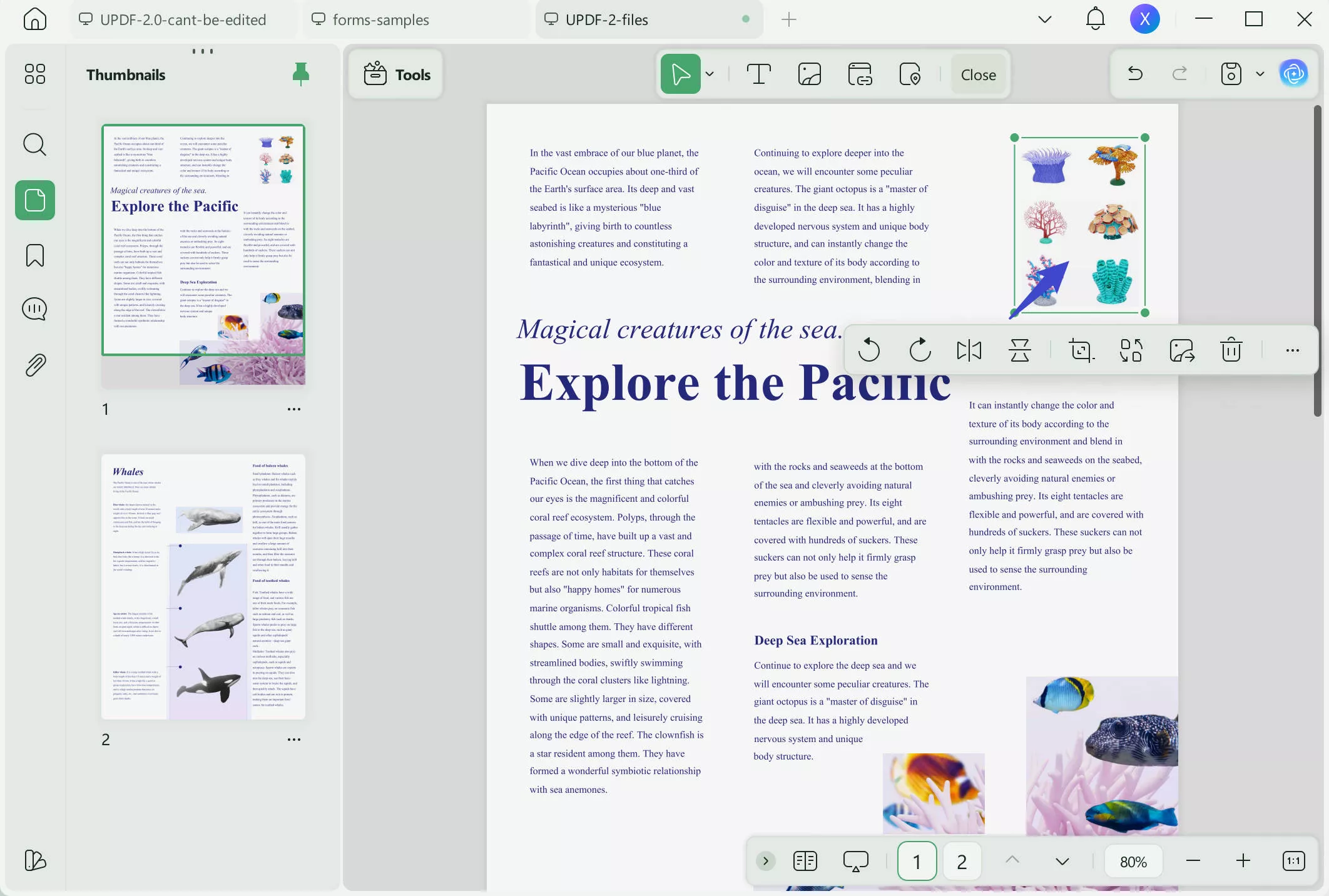
Windows • macOS • iOS • Android 100% secure
Way 3. How to Compress Image-Based PDF Effectively
When you deal with scanned PDF or image-based PDF documents, you will find that they have a really big file size. This is the problem with scanned documents and they will take up too much of your storage.
Luckily, UPDF provides an OCR feature to help you make the image-based PDFs much smaller than the original files. Follow the steps:
Step 1. Click the OCR Button
After you open your PDF document, you will find a button about OCR displayed on the right side of the toolbar. When your cursor hovers on it, it displays "OCR" in Tools.
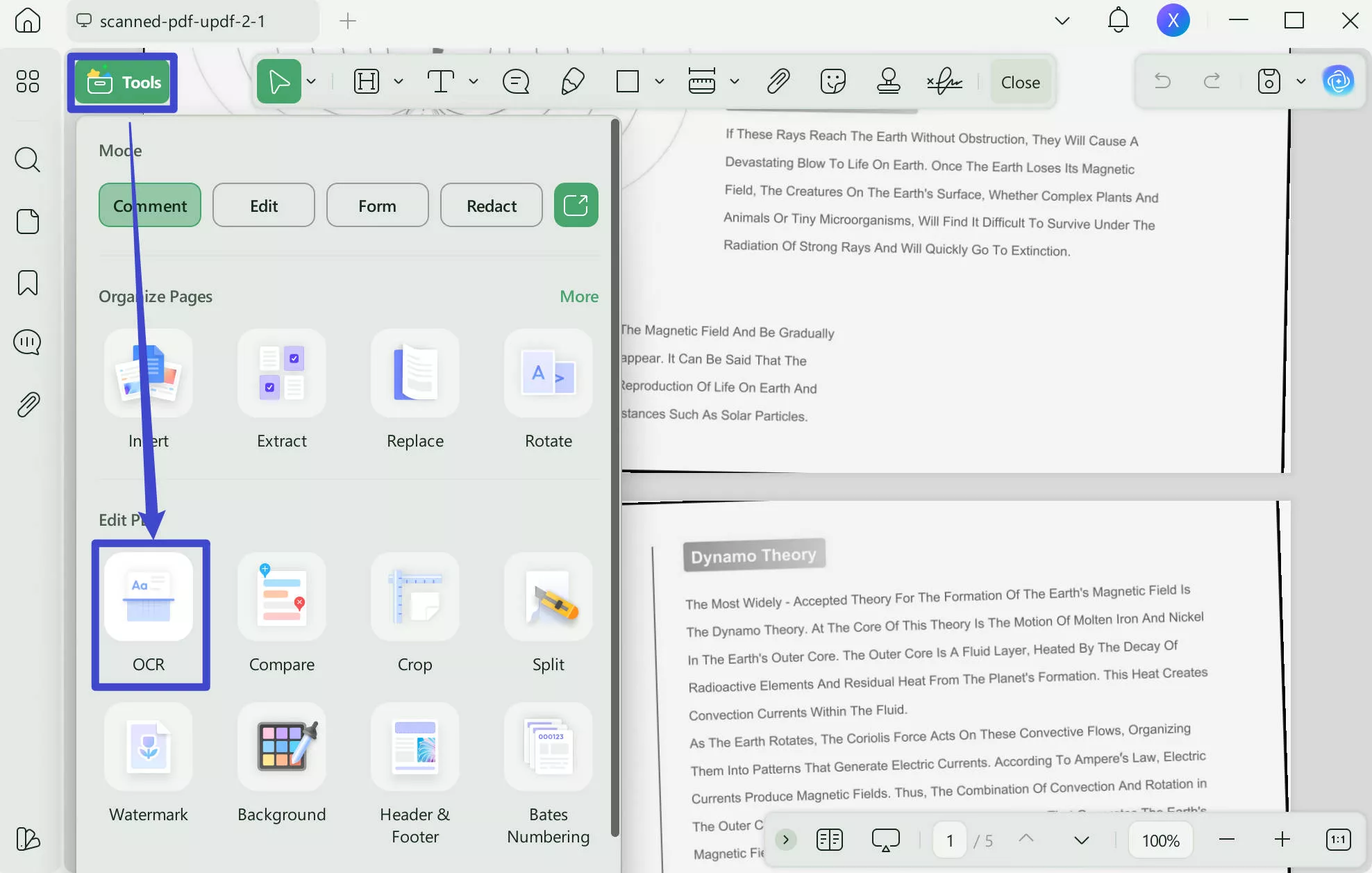
Step 2. Perform OCR to Get a Smaller Sizes PDF
In the new window, you will find the option "Editable PDF". Then you need to choose the layout, the document language, the image resolution, and the page range.
Enter the Layout Settings and set the image resolution also helps you reduce the file size.
Finally, click the "Convert" button and within a few seconds, you will get a PDF file with a smaller size. What's more? The texts in it become searchable and editable.
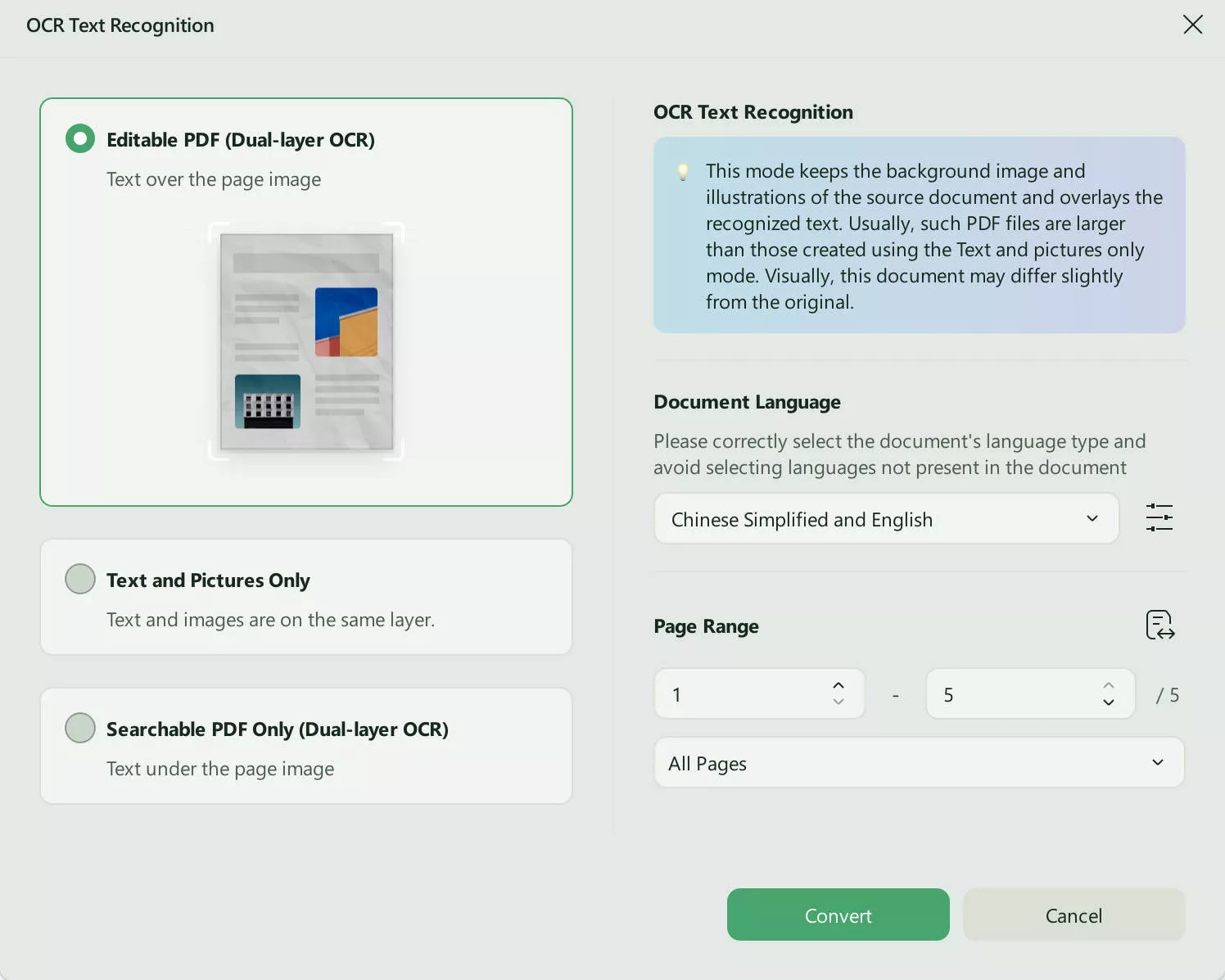
Alternatively, you can compress PDF file size by optimizing PDF file with UPDF. To do this, you can tap on "The narrow next to save" > "Reduce File Size..."
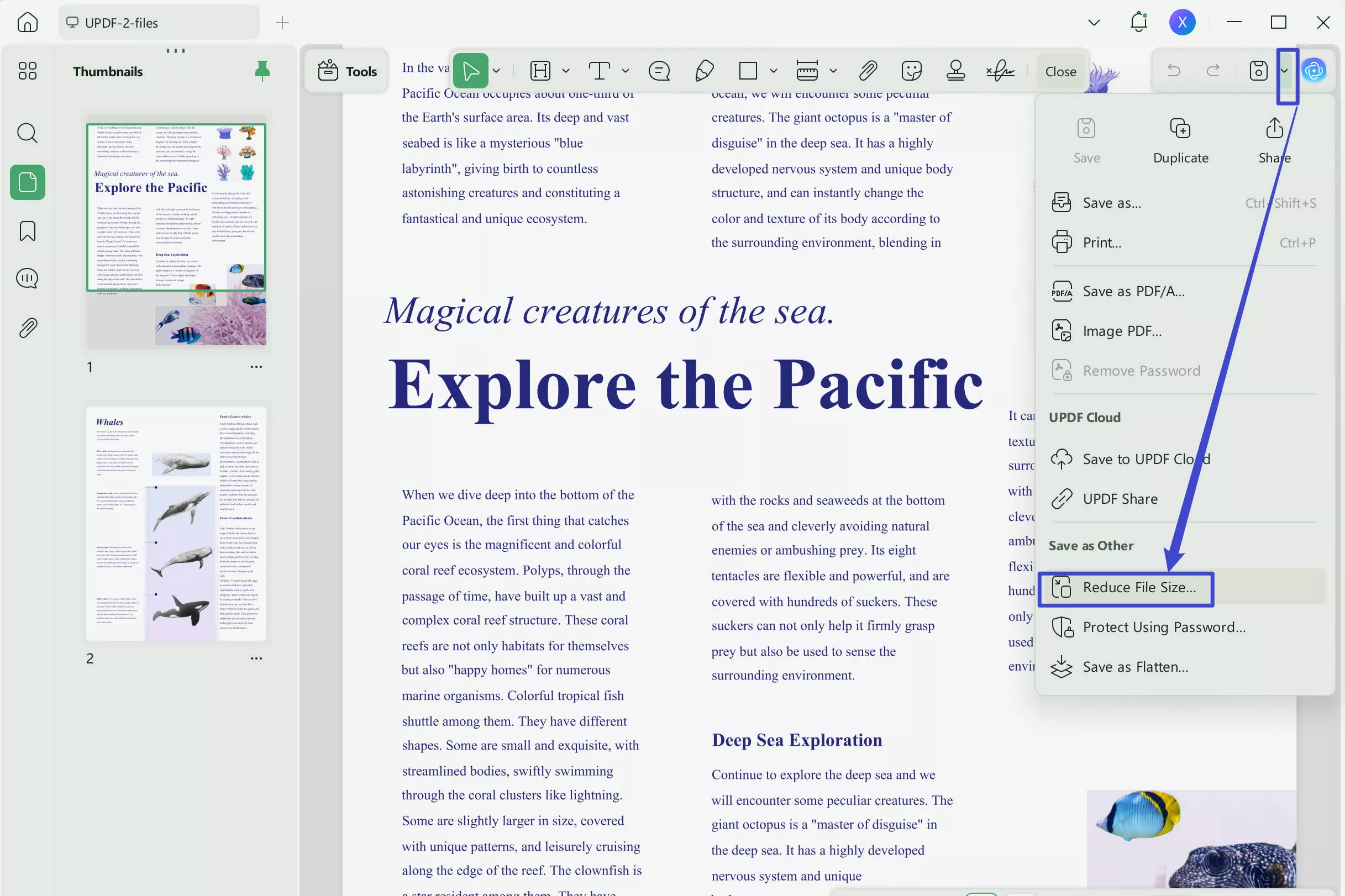
Then you can select any of the document qualities to compress the PDF file size. Once done, click the "Save As" button.
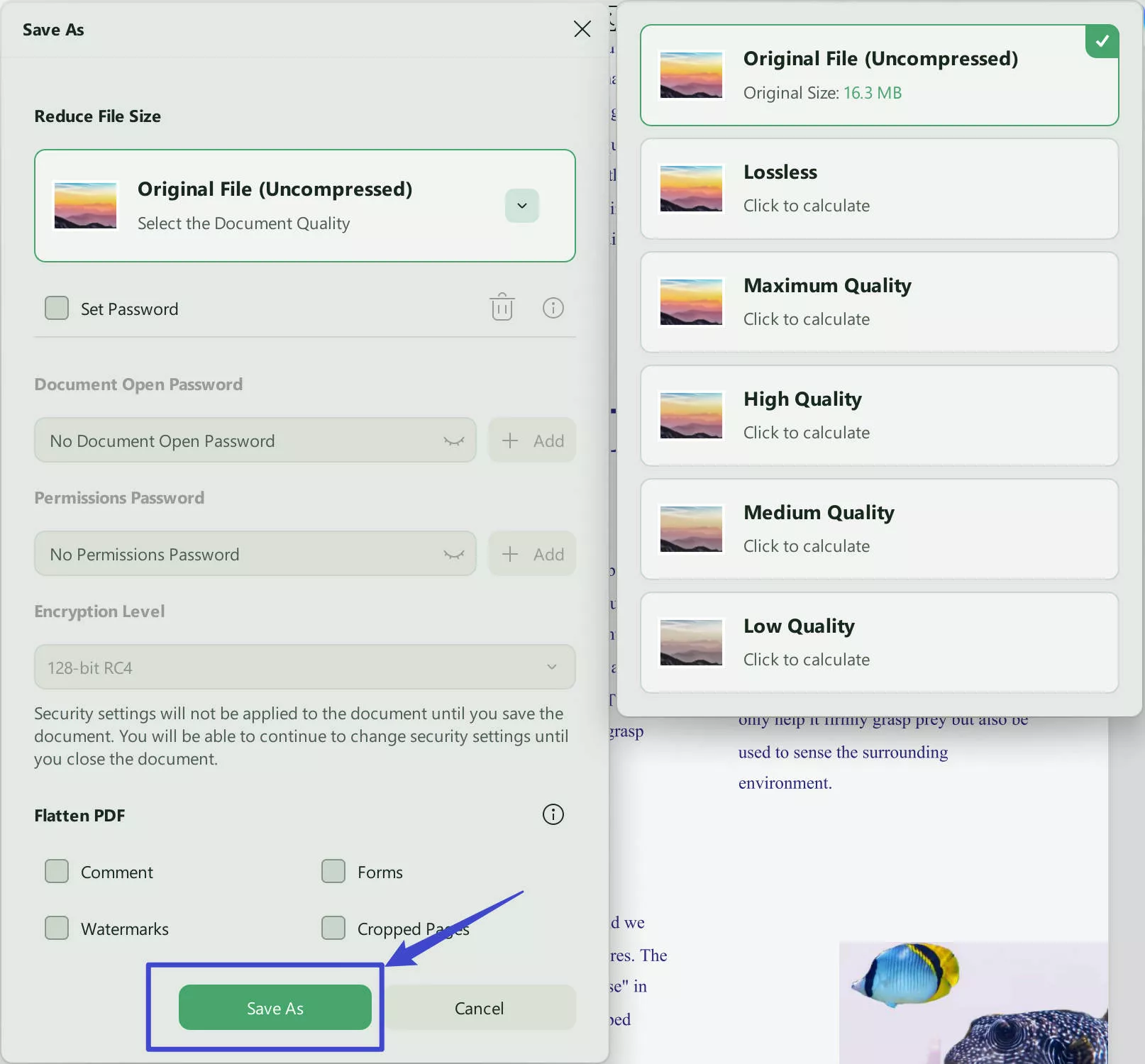
These are all the steps you need for compressing PDF files. Only 2 steps to solve your problem because of user-friendly interface of UPDF.
Conclusion
The developers of this very useful PDF tool are constantly improving its function to make it easier to use and also to introduce new features. Upcoming features include PDF forms, digital signatures, and so on.
Windows • macOS • iOS • Android 100% secure
 UPDF
UPDF
 UPDF for Windows
UPDF for Windows UPDF for Mac
UPDF for Mac UPDF for iPhone/iPad
UPDF for iPhone/iPad UPDF for Android
UPDF for Android UPDF AI Online
UPDF AI Online UPDF Sign
UPDF Sign Edit PDF
Edit PDF Annotate PDF
Annotate PDF Create PDF
Create PDF PDF Form
PDF Form Edit links
Edit links Convert PDF
Convert PDF OCR
OCR PDF to Word
PDF to Word PDF to Image
PDF to Image PDF to Excel
PDF to Excel Organize PDF
Organize PDF Merge PDF
Merge PDF Split PDF
Split PDF Crop PDF
Crop PDF Rotate PDF
Rotate PDF Protect PDF
Protect PDF Sign PDF
Sign PDF Redact PDF
Redact PDF Sanitize PDF
Sanitize PDF Remove Security
Remove Security Read PDF
Read PDF UPDF Cloud
UPDF Cloud Compress PDF
Compress PDF Print PDF
Print PDF Batch Process
Batch Process About UPDF AI
About UPDF AI UPDF AI Solutions
UPDF AI Solutions AI User Guide
AI User Guide FAQ about UPDF AI
FAQ about UPDF AI Summarize PDF
Summarize PDF Translate PDF
Translate PDF Chat with PDF
Chat with PDF Chat with AI
Chat with AI Chat with image
Chat with image PDF to Mind Map
PDF to Mind Map Explain PDF
Explain PDF Scholar Research
Scholar Research Paper Search
Paper Search AI Proofreader
AI Proofreader AI Writer
AI Writer AI Homework Helper
AI Homework Helper AI Quiz Generator
AI Quiz Generator AI Math Solver
AI Math Solver PDF to Word
PDF to Word PDF to Excel
PDF to Excel PDF to PowerPoint
PDF to PowerPoint User Guide
User Guide UPDF Tricks
UPDF Tricks FAQs
FAQs UPDF Reviews
UPDF Reviews Download Center
Download Center Blog
Blog Newsroom
Newsroom Tech Spec
Tech Spec Updates
Updates UPDF vs. Adobe Acrobat
UPDF vs. Adobe Acrobat UPDF vs. Foxit
UPDF vs. Foxit UPDF vs. PDF Expert
UPDF vs. PDF Expert

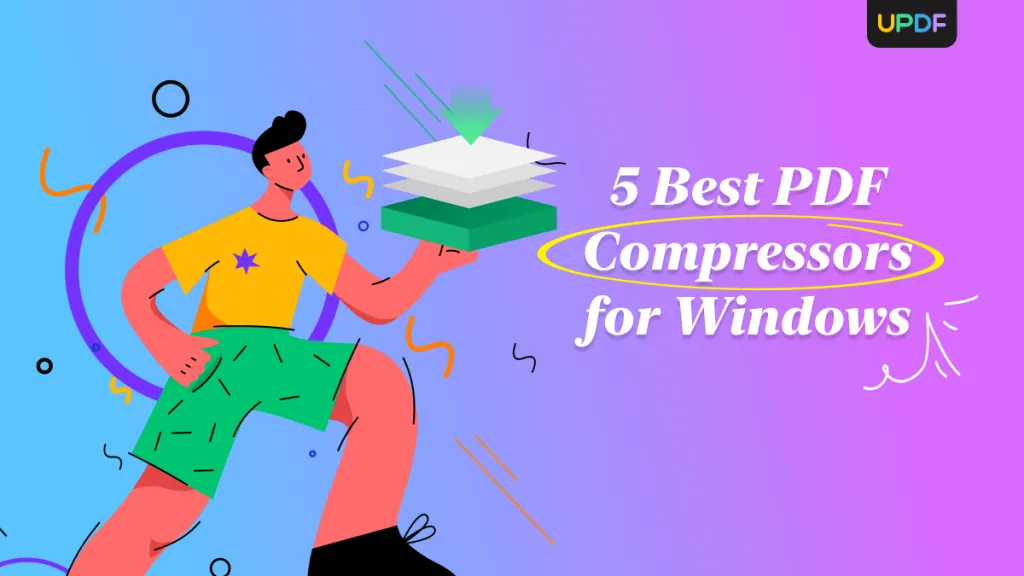
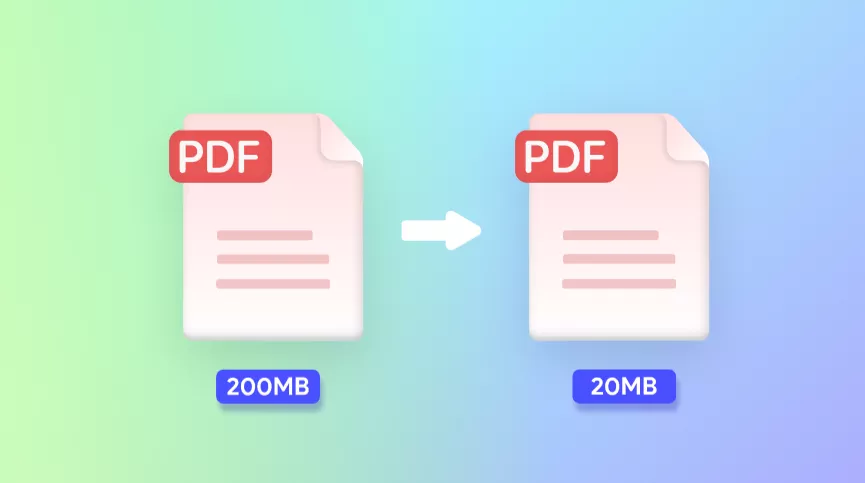
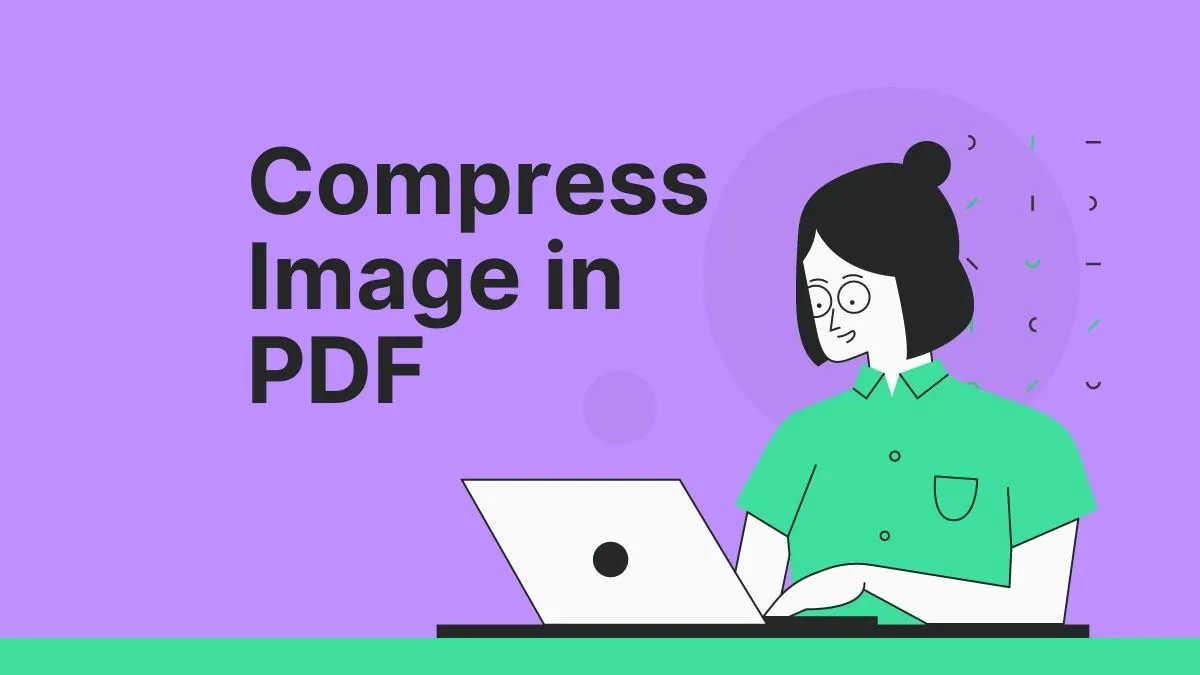
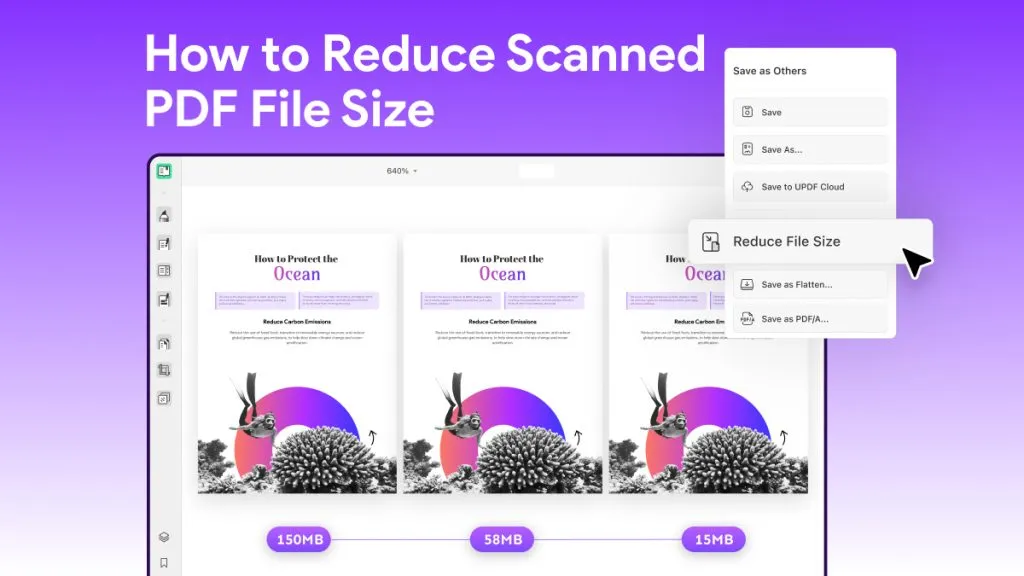

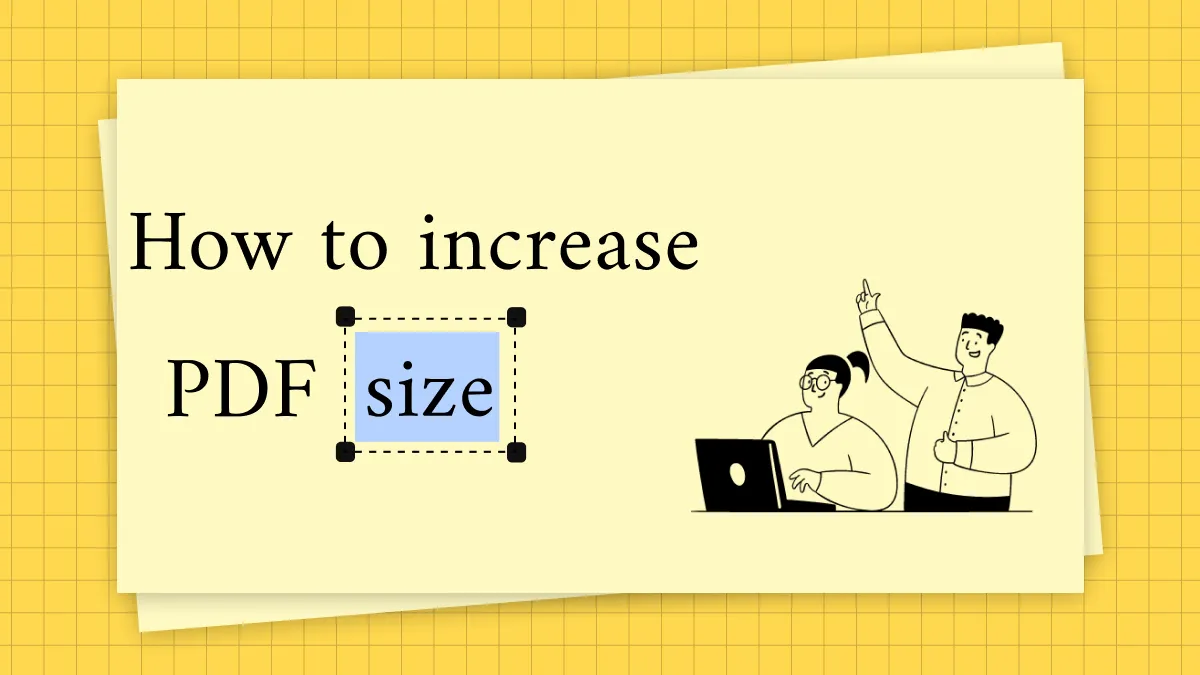
 Grace Curry
Grace Curry 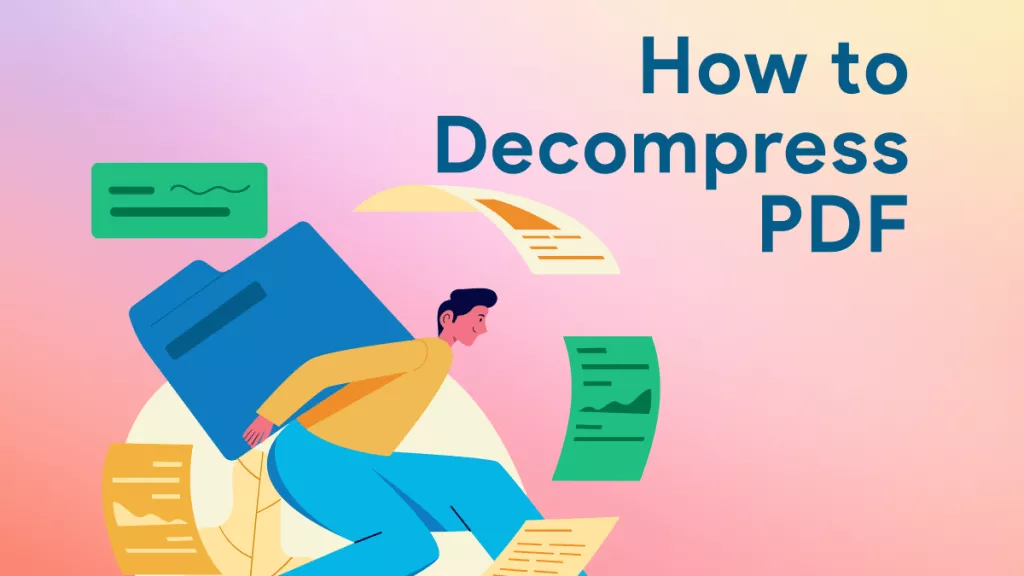
 Enid Brown
Enid Brown 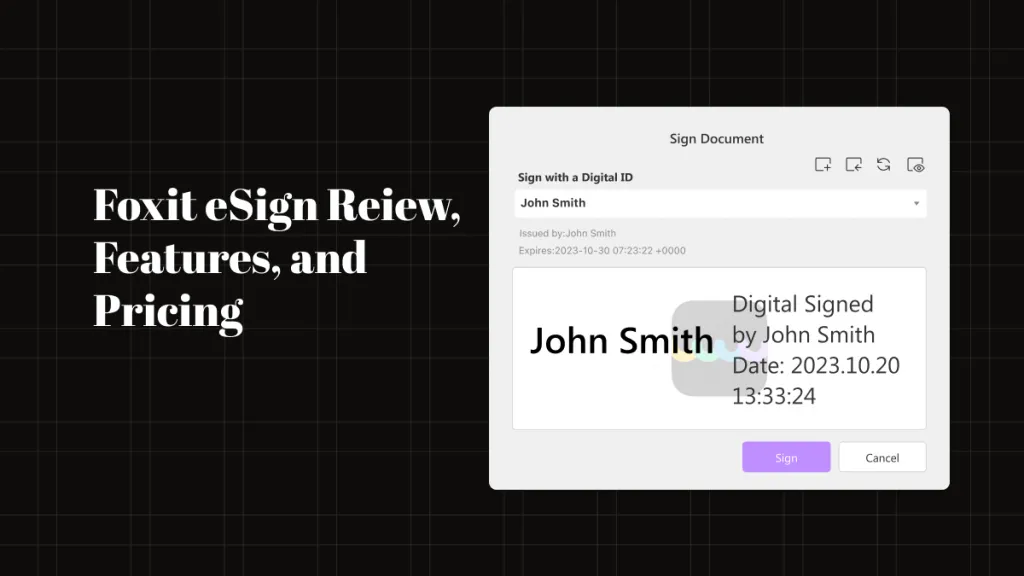
 Lizzy Lozano
Lizzy Lozano 